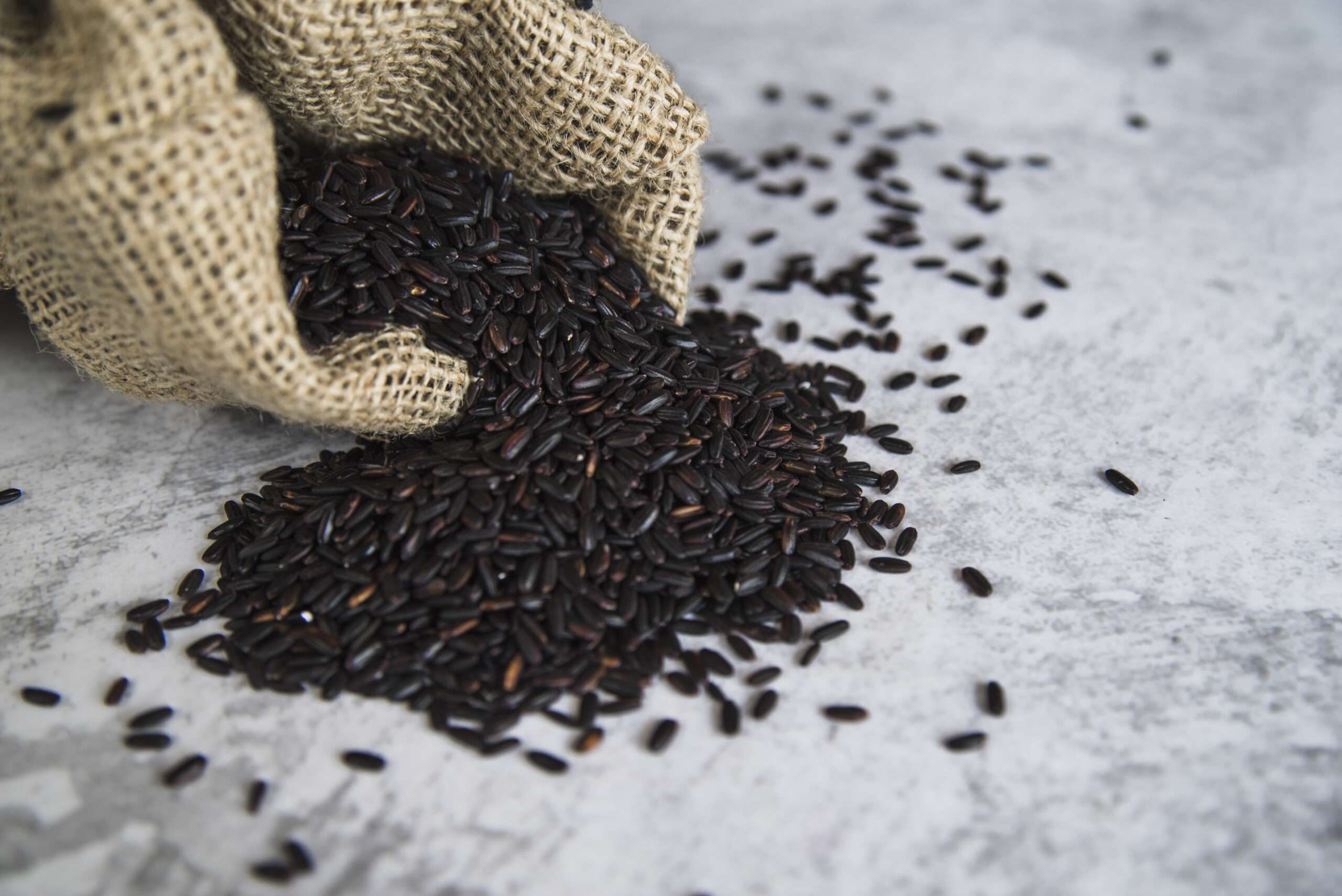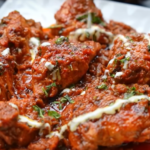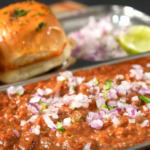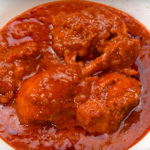If you’re trying to discover unique and health-packed foods, look no further than black rice. This ancient grain, once reserved for royalty, has been making waves in the culinary world for its exceptional taste, rich colour, and remarkable health benefits.
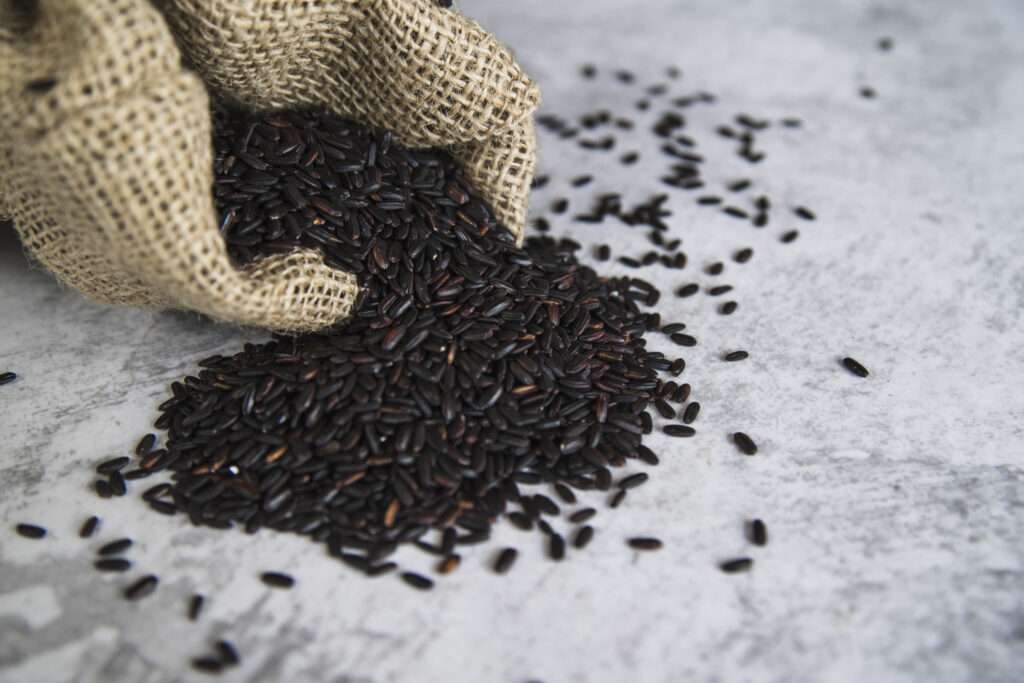
Black rice, also known as forbidden rice, is visually striking and boasts a nutty flavour. Cooking it to perfection can be a rewarding experience, and using a rice cooker streamlines the process for consistent results.
Table of Contents
The History of Black Rice
It boasts an illustrious history that dates back to ancient China. It was only available to emperors and was said to be capable of offering its consumers lifespan and vigour. This exclusivity contributed to its aura of mystique and today, celebrated not only for its taste but also for its connection to history.
Nutritional Powerhouse
In contrast to refined white rice, black rice maintains the nutrient-rich outer bran layer. This unique feature grants black rice an impressive nutritional profile, including essential vitamins, minerals, and antioxidants contributing to overall well-being.
Types of Black Rice Varieties
Like there are different types of white rice, black rice also comes in various strains. The most common ones include Indonesian Black Rice, Thai Jasmine Black Rice, and Chinese Black Rice. Each variety possesses distinct flavour profiles and culinary applications.
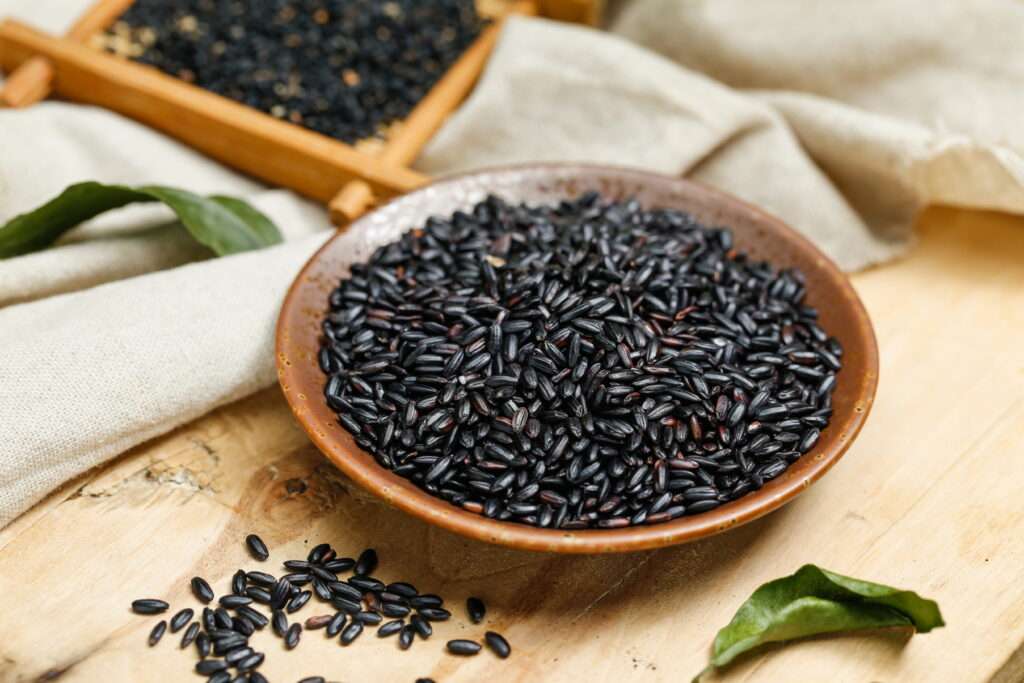
Cooking Black Rice to Perfection
Cooking can be a delightful culinary adventure. Its slightly nutty taste and chewy texture make it a versatile ingredient. Follow our step-by-step guide to achieve perfectly cooked every time.
Black Rice vs. Other Rice Varieties
How does it compare to its white and brown counterparts? Discover the differences in taste, texture, and nutritional content to decide which rice variety best suits your dietary needs.
Unraveling Black-Rice Benefits
Antioxidant Richness and Free Radical Protection
The dark hue of black rice is a testament to its high antioxidant content. These antioxidants combat free radicals, reducing the risk of chronic diseases and promoting overall cellular health.
Heart Health Advantages
Anthocyanins, found, aid in sustaining heart health by lowering cholesterol and facilitating healthy blood vessels. Incorporating black rice into your diet may contribute to a more beneficial cardiovascular system.
Digestive Wellness and Fiber Content
The fibre content aids digestion and regulates bowel movements. A fibre-rich diet is associated with a reduced risk of digestive disorders and enhanced gut health.
Incorporating Black-Rice into Your Diet
Wondering how to integrate black rice into your meals? From salads to stir-fries, the culinary possibilities are endless. Experiment with various recipes to relish black rice’s distinct flavour and texture.
Myths and Facts About Black Rice
Separate fact from fiction as we debunk common myths surrounding black rice. It’s essential to Learn its origin, nutritional content, and potential side effects.
Myth: Black-rice is genetically modified. Fact: It is not genetically modified. It is a naturally occurring kind of dark black or purple rice because anthocyanin pigments are present in the grain’s outer layer. These pigments are antioxidants that have potential health benefits.
Myth: Black-rice is not safe to eat. Fact: It is safe to eat and has been consumed for centuries in various parts of the world, particularly in Asia. Like any other type of rice, it should be properly cooked and prepared to ensure its safety for consumption.
Myth: Black-rice is too expensive. Fact: While It may be slightly more expensive than white or brown rice, its cost has decreased as its popularity grows. As demand increases and production becomes more widespread, the price becomes more affordable.
Myth: Black-rice is hard to cook. Fact: Cooking is similar to cooking other types of rice. It may require a slightly longer cooking time than white rice due to its outer layer, but following basic rice-cooking techniques will yield good results.
Myth: Black-rice and wild rice are the same. Fact: Black rice and wild rice are not the same. Wild rice is a different rice species with a distinct taste and texture. Black on the other hand, is a variety of rice with unique characteristics.
Myth: Black rice has no nutritional benefits over other rice types. Fact: It is sometimes considered more nutrient-dense than white rice because it preserves the bran, and germ layers get vital nutrients and fibre. It is an excellent source of antioxidants, especially anthocyanins, associated with several health advantages.
Myth: Black-rice is only used for savoury dishes. Fact: While commonly used in delicious dishes like rice bowls and stir-fries, it can also be used in sweet dishes such as puddings, desserts, and breakfast bowls. Its nutty flavour and striking colour make it versatile for both sweet and savoury applications.
Myth: Black-rice is a recent discovery. Fact: This is not a recent discovery. It has been cultivated and consumed for centuries, particularly in regions of Asia such as China and Indonesia. In ancient times, it was considered a delicacy and was even reserved for royalty due to its unique colour and potential health benefits.
The Culinary Versatility
It is not only a healthy choice but also a culinary masterpiece. Its striking colour can elevate the visual appeal of any dish, making it a favourite among chefs and food enthusiasts.
Environmental and Cultural Significance
Explore the impact of cultivation on the environment and its role in various cultural traditions. Understanding the broader context adds depth to your appreciation of this remarkable grain.
Exploring Black Rice Recipes
Black Rice Salad with Fresh Veggies
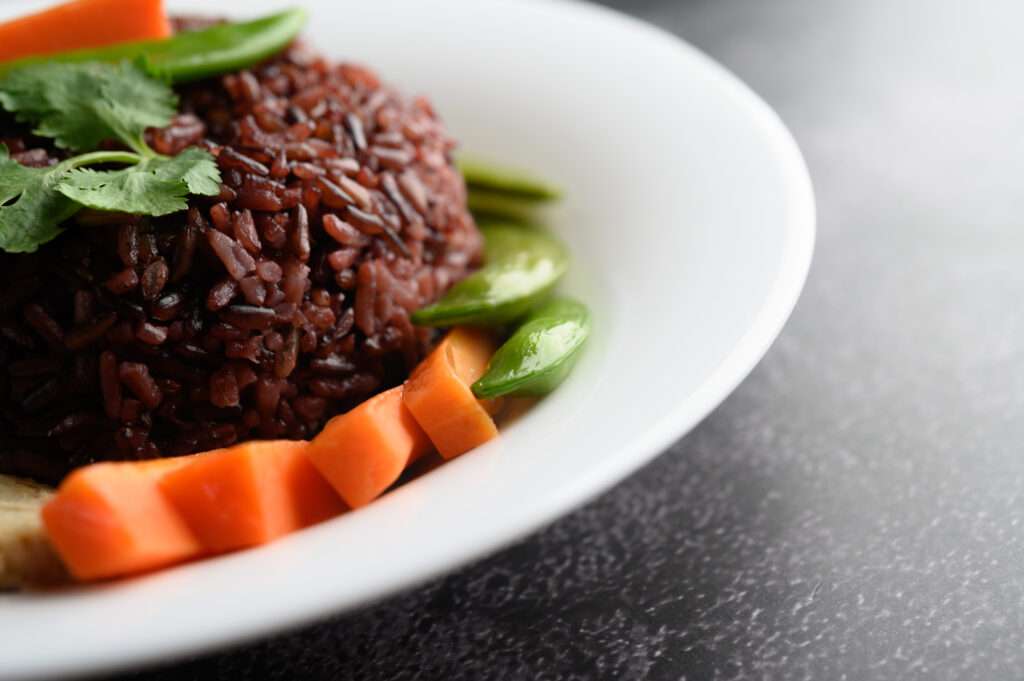
Whip up a vibrant and nutritious salad that combines the goodness of black -ice with the freshness of assorted vegetables. This recipe is a celebration of colours and flavours.
Creamy Coconut Black-Rice Pudding
Indulge in the velvety goodness of a dessert that merges the creaminess of coconut with the earthiness of black-rice. It is a delightful treat that satisfies your sweet cravings.
Why Choose Black-Rice?
Unlike white rice, black rice retains its outer bran layer, which gives it a unique black colour and higher nutritional value. Black-rice is a healthy substitute that gives your dishes depth since it contains antioxidants, fibre, and important minerals.
Preparing Black-Rice
Rinsing the Rice
Before cooking, rinse the black -rice under cold water to remove excess starch. This prevents clumping and ensures the grains cook evenly.
Rice Soddening
It can further improve the texture of the rice and shorten cooking time if it is soaked for at least 30 minutes before cooking.
This step is optional but recommended for the best results.
How to Cook Black Rice in Rice Cooker
Rice-to-Water Ratio
Keep the rice-to-water ratio at 1:2 when cooking black rice.
You may start the rice cooker by adding the rinsed rice and water.
Adding Flavor Enhancements
To enhance the flavour of the rice, sprinkle on some salt or a splash of olive oil.
You might include a bay leaf or a cinnamon stick for a delicate scent.
Cooking Process
1.Starting the Cooker
Close the rice cooker lid and select the “Cook” setting.
The temperature and cooking time will be adjusted automatically by the cooker.
2. Allowing Resting Time
Once the cooker indicates the rice is ready, let it sit with the lid on for 10-15 minutes.
This absorbs any remaining steam, making the rice even fluffier.
Achieving Fluffy Perfection
Fluffing the Rice
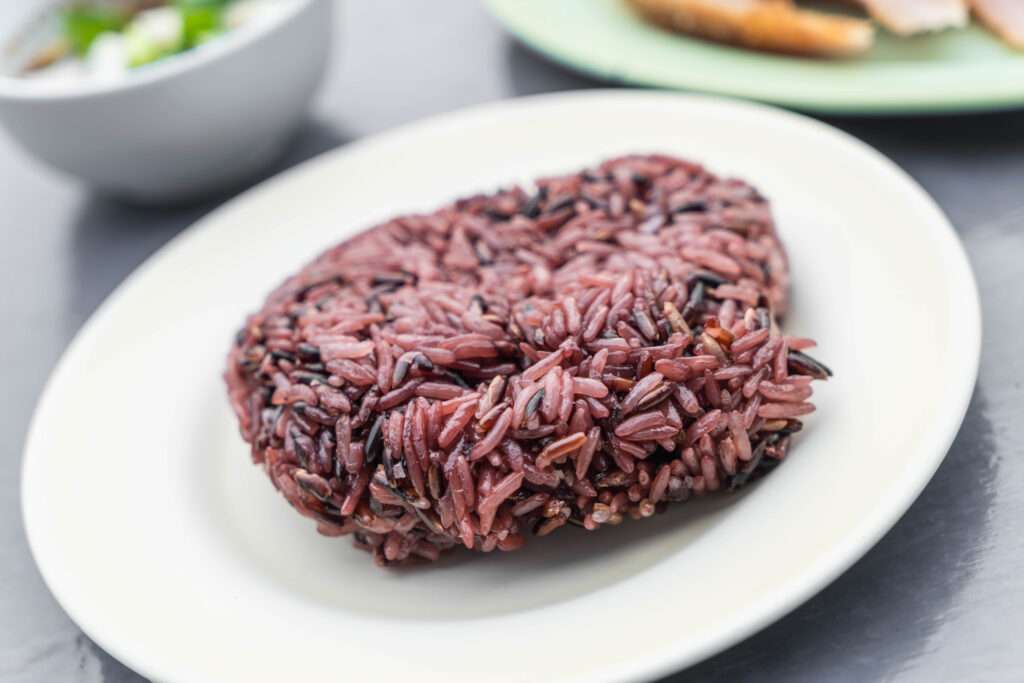
The grains should be separated by gently fluffing the cooked rice with a fork.
Here are some tips to maintain the fluffy texture of rice.
When it comes to serving, black rice is an ingredient that pairs well with salads and stir-fries and makes a side dish. Its unique colour and nutty flavour add a touch to any meal.
Apart from its appeal and taste, black rice offers health benefits. It is packed with antioxidants, promotes health, and provides an amount of fibre and essential nutrients.
Now let’s address some asked questions;
- Is it necessary to soak rice before cooking?
Soaking is optional but recommended as it improves the texture and reduces cooking time.
- Can I use a water-to-rice ratio?
It’s best to stick to the 1:2 ratio to ensure results.
- Can I store leftover cooked rice?
Absolutely! For three to four days, you may keep it in the refrigerator in an airtight container.
- Is freezing cooked black rice recommended?
Freezing can alter the texture of rice, so it’s not advisable.
- Where can I purchase rice?
Please refer to your grocery stores or speciality markets for availability.
You can find rice at health food stores, speciality markets and online.
For better quality and resolution of Images Designed by Freepik.
To sum up, cooking rice in a rice cooker is a process that produces fluffy and flavorful results. By following these steps and adding your touch, you can savour black rice’s advantages and culinary delights in different dishes. So go ahead and discover the realm of rice and enhance your meals with its flavour and appearance.
Find here more delicious Indian Food if you are interested.

